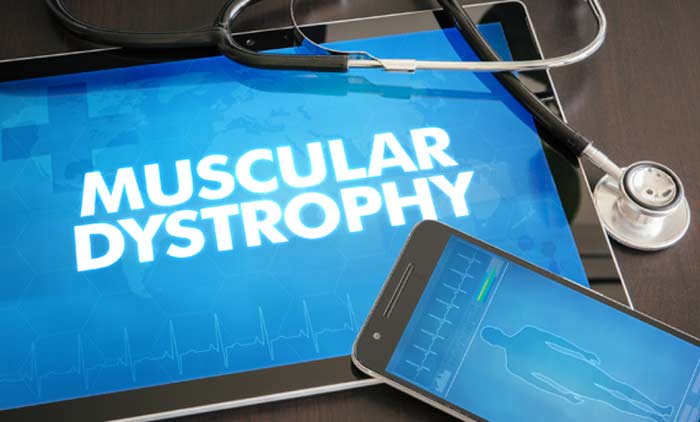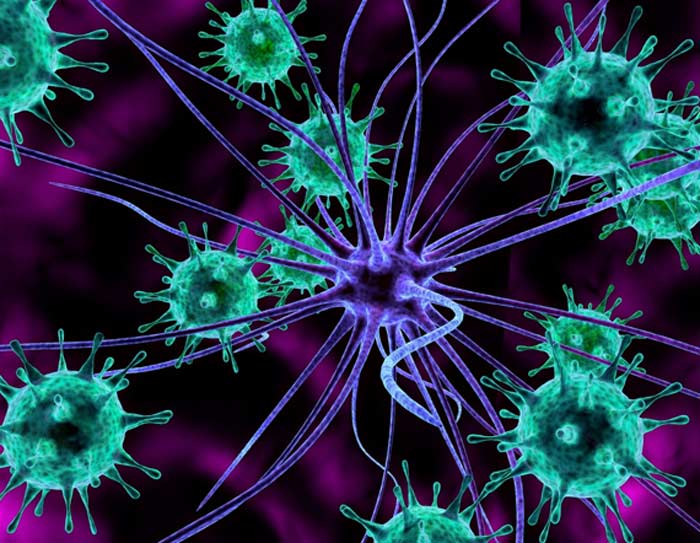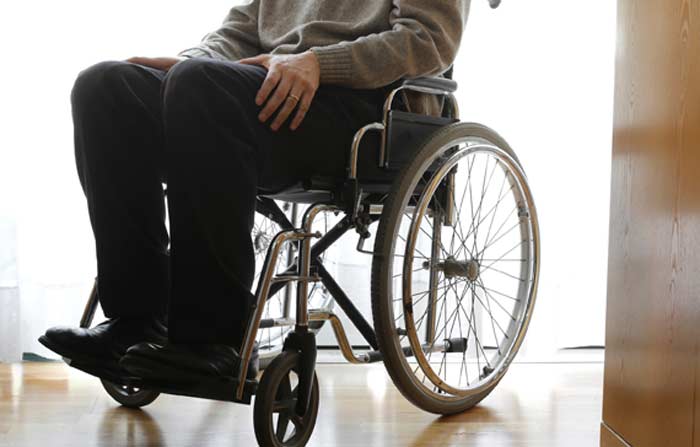
Muscular dystrophy is actually a group of diseases that are characterized by progressive muscle weakness and muscle mass loss.
There are over 30 different variations of muscular dystrophy, but only a few of these are common. Some of the more common forms of muscular dystrophy are Duchenne, Becker, Myotonic, Congenital, Limb-Girdle, and Distal. The symptom onsite and progression differs between these variations.
What Causes It?
All types of muscular dystrophy are caused by genetic mutations. There are multiple genes that should make proteins that help protect muscle fibers, but in muscular dystrophy, one or more of these genes fail to do so. For example, in Duchenne Muscular Dystrophy, a gene on the X chromosome fails to code for the production of the protein dystrophin. Dystrophin is essential in linking muscle cells together and to the outer membrane, or sarcolemma. In many cases, these genetic mutations are inherited. However, there are also cases of muscular dystrophy that are caused by genetic mutations occurring during embryonic development.


What Are The Symptoms?
There are symptom variations between the different types of muscular dystrophy, but they also have a great amount of overlap. The greatest variability tends to have to do with the age of onset and the rate of progression of the symptoms. The symptoms for Duchenne Muscular Dystrophy, the most prevalent type, are a waddling gait, frequent falls, difficulties learning, difficulty getting up from a sitting or lying position, difficulties with running or walking, walking on toes, large calves, and muscle pain or stiffness. These symptoms get progressively worse so that the patient may experience trouble walking and less functionality of the muscles.
If this progresses to the cardiac or pulmonary muscles, the patient may develop cardiac problems or difficulty breathing. In Becker Muscular Dystrophy, the symptoms are generally very similar, but they may not begin until the patient has reached adulthood. Additionally, these patients generally report less severe and more slowly progressing symptoms.
If this progresses to the cardiac or pulmonary muscles, the patient may develop cardiac problems or difficulty breathing. In Becker Muscular Dystrophy, the symptoms are generally very similar, but they may not begin until the patient has reached adulthood. Additionally, these patients generally report less severe and more slowly progressing symptoms.
How Is It Diagnosed?
The diagnostic process for muscular dystrophy typically involves a multitude of tests. Each of these tests will help the medical team determine if the cause is, in fact, muscular dystrophy and what type. Knowing which type of muscular dystrophy the patient has will help the physician to know how the symptoms will progress and make an appropriate treatment plan. Part of the diagnostic process will likely be genetic testing, which will help determine the type of MD and only requires a blood sample. The physician may also order enzyme assays, which will test for creatine kinase levels.
An electromyography, which involves inserting an electrode needle into the muscle, can help monitor muscle activity. After the patient has been diagnosed with muscular dystrophy, the physician will likely perform routine heart and lung examinations to determine if these muscles have been affected.
What Are The Treatment Options?
Treatment usually involves a combination of pharmaceuticals and physical therapies. Most patients take corticosteroids to help strengthen their muscles and slow the progression of symptoms. If the patient begins to have cardiac or pulmonary involvement, they will have to take medications for those symptoms as well. Physical therapy can be utilized to help patients maintain their mobility through low-impact and range of motion exercises.
